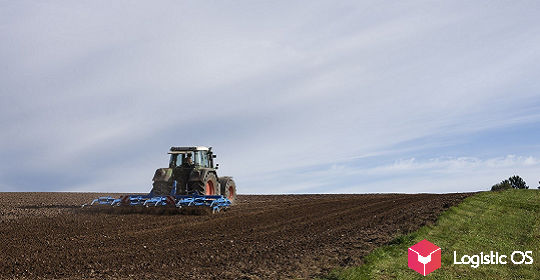Over the past three months, delivery times have increased significantly, and the cost of freight has increased several times.
Everything worked out: both the annual seasonal increase in demand and the consequences of the pandemic, which we will observe for a very long time.
During the spring world lockdowns, the demand for freight dropped significantly, so the ships that went from China to the West were returning back with a delay.
It is unprofitable to send back without cargo, and there were significantly fewer current contracts.
In addition, due to the difficult epidemiological situation, strict restrictions were introduced in the ports, which slowed down the timely unloading of containers.
What’s the bottom line?
The consignees have accumulated a huge number of containers.
In principle, it was possible to gradually get out of this situation, but, apparently, transport companies were not ready for the fact that from August, world trade will begin to recover at such a rapid pace.
Accordingly, prices on the import market have increased several times.
China, for example, in December increased its exports to the United States by 29% compared to last year. Of course, hardly anyone expected such growth.
The result is quite predictable: there is a shortage of containers, prices have increased. Now, in order to transport goods to entrepreneurs with medium-sized businesses, they have to pay 4 times more for the freight rate than before the first wave of the pandemic.
There are examples of a tenfold increase in value.
Six months ago, they would have paid $ 600-700 for a freight from Shanghai to Vladivostok, and now, if you need to transport something without a queue, the rate will be $ 7000 per box. Otherwise, your shipment will wait 45-60 days.
And even such prices do not guarantee his arrival at the appointed time.

But the main task for businessmen now is to get the goods on time. And losing money is another matter.
This is a question of the cost of imported goods that will hit store shelves.
Of course, there is reason to say that after a while the situation will stabilize, and after the Chinese New Year, market players expect prices to return to their previous levels.
On the Russian export market, the cost of freight has also increased, but not so globally: the seasonality and the rise in prices for other components of sea transportation are more affected.
For now, we must admit the fact that now is a good time for sea carriers to improve their financial situation and compensate for the loss of profits of the past seasons.
And many years of examples of retail pricing prove that price increases due to a part of the supply chain rarely work out in the opposite direction after that part of the price decreases.
Therefore, the cost of imported goods to consumers is likely to rise.

